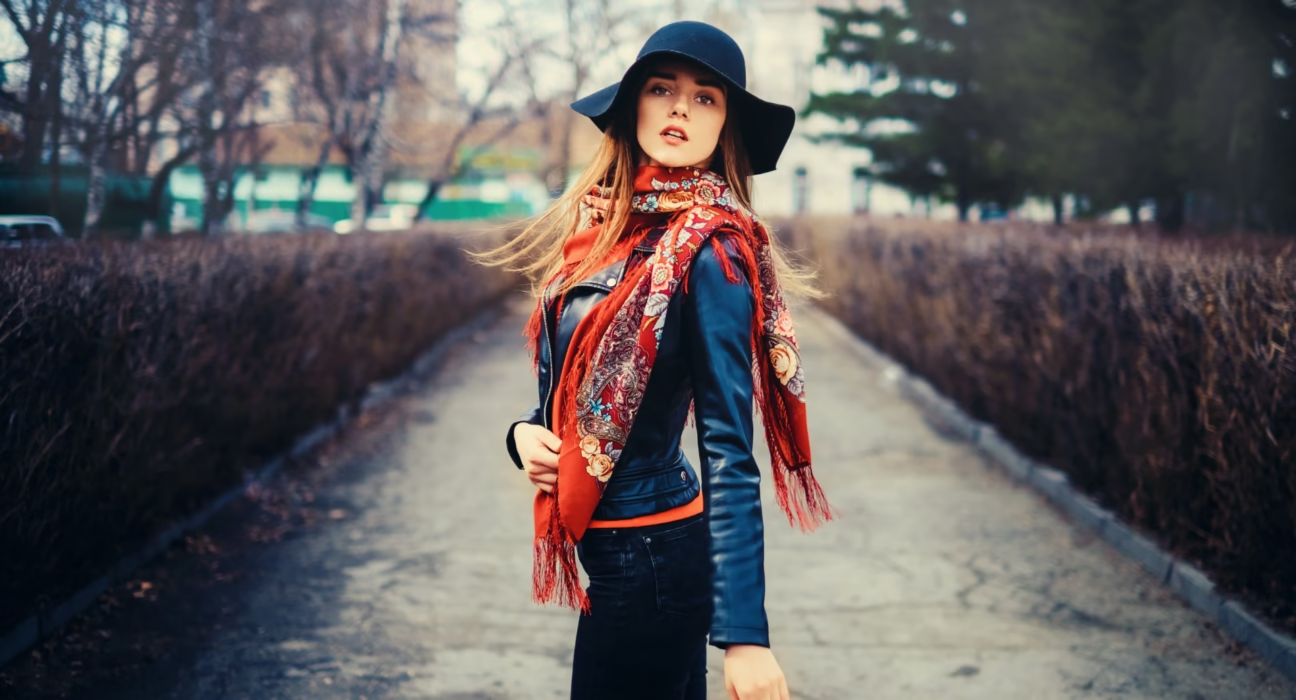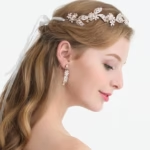A scarf is much more than just a piece of fabric; it embodies layers of emotion, culture, and personal expression. With its origins tracing back to ancient civilizations, the scarf has transformed from a purely functional item into a staple in fashion wardrobes around the globe.
In this article, we will explore the multifaceted world of scarves— how they serve as both practical items for warmth and statements of style. We will delve into their historical significance, diverse cultural meanings, various materials used, styling tips, and their evolution in modern fashion. Let’s explore the magic that a simple scarf can hold together.
Historical Significance of Scarves
Before delving into the various roles scarves play today, it’s essential to understand their historical roots. Scarves have been worn by different cultures for centuries, often representing significant milestones or social standings.
The Origin of Scarves
The earliest known use of scarves dates back to Ancient Egypt, where they were made of linen and worn as a status symbol among the elite. In Roman times, the scarf, or “sudarium,” served practical purposes as a sweat cloth and was primarily worn by men.
As we move through history, we see the emergence of the silk scarf during the Ming Dynasty in China, which marked a turning point in how scarves were perceived. They transitioned from mere utility to luxurious fashion accessories.
Scarves in Different Cultures

Across the globe, scarves hold varied meanings in different cultures. In India, the dupatta is a traditional scarf worn by women, symbolizing modesty and grace.
On the other hand, in Western cultures, scarves became more associated with class and sophistication during the 19th century, particularly in men’s fashion.
The Evolution Through the Ages
Fast forward to the 20th century, and during World War II, the scarf took on a new role. Women began wearing them as part of their work attire, showcasing their strength and independence while contributing to the war effort.
Today, the versatility and adaptability of scarves make them timeless pieces that continue to evolve but retain their rich history.
Diverse Materials and Their Unique Qualities
Scarves are created from an array of materials, each bringing its unique charm and functionality to the table. Understanding these materials can enhance your appreciation for this elegant accessory.
Silk: The Epitome of Elegance

Silk scarves are renowned for their luxurious feel and stunning patterns. The natural sheen of silk enhances any outfit, making it perfect for formal occasions.
Additionally, silk is lightweight and breathable, allowing it to be worn comfortably year-round. The intricate designs on silk scarves often tell a story, reflecting the culture or artistry of the region from which they originate.
Wool: Warmth and Comfort
When winter arrives, wool scarves are a go-to choice for many. Not only do they provide warmth, but they also come in various styles, from chunky knits to fine weaves.
Wool can also be incredibly versatile. You can drape it casually over your shoulders or wrap it tightly around your neck for extra warmth. The rustic charm of a wool scarf evokes a sense of coziness that few fabrics can replicate.
Cashmere: A Touch of Luxury
Cashmere scarves offer unparalleled softness and warmth. Made from the undercoat of cashmere goats, they are lightweight yet provide exceptional insulation.
Beyond their comfort, cashmere scarves are often seen as a status symbol, appealing to those who appreciate finer things in life. While they may require special care, the investment in a high-quality cashmere scarf pays off in longevity and timeless appeal.
Cotton: Versatile and Breathable
Cotton scarves are perfect for casual wear and warmer months. Lightweight and breathable, they are easy to style and maintain.
Whether you choose a printed cotton scarf to accentuate a summer dress or a solid color to add a pop to a basic outfit, cotton scarves are practical yet stylish additions to any wardrobe.
Styling Tips for Different Occasions
The way you style your scarf can dramatically alter your look. Understanding how to incorporate this versatile accessory into different outfits can elevate your fashion game.
Casual Outings
For everyday looks, consider a lightweight cotton scarf. It can easily be thrown over a t-shirt and jeans to add an element of sophistication without appearing too formal.
Try draping it loosely around your neck or knotting it for a playful vibe. Pairing a colorful scarf with neutral clothing can create a visually interesting contrast.
Work Attire
When heading to the office, consider using a silk scarf to accentuate your professional attire. Wearing it as a necktie or tied onto your handbag can demonstrate a polished image.
Opt for more muted colors or subtle patterns to maintain a professional appearance while still expressing your individuality.
Formal Events
For special occasions, a luxurious silk or cashmere scarf can be the perfect finishing touch to any evening attire. Drape it elegantly over your shoulders or wrap it delicately around your neck.
Scarves in rich colors like deep burgundy or classic black can complement evening gowns beautifully, adding depth and drama to your look.
Seasonal Fashion Trends
Stay updated with scarf trends each season. For instance, oversized scarves are trending in colder months, serving both style and practicality.
Experimenting with different tying techniques can make even the simplest of outfits feel fresh and updated, keeping your style relevant and chic.
Scarves as Cultural Symbols
Scarves are not merely fashion items; they can carry powerful cultural symbols and meanings. Various communities celebrate scarves as essential aspects of their identity and heritage.
Headscarves in Islamic Culture

Headscarves, or hijabs, represent modesty and faith in Islamic culture. They serve as a powerful symbol of identity, empowering women and signifying their commitment to their beliefs.
Many Muslim women creatively style their scarves, transforming them into fashion statements while maintaining their cultural significance.
The Bandana’s Influence
Originating from South Asia, bandanas have become a ubiquitous style statement around the world. Often associated with rebellion and counterculture movements, they have transcended their functional origins to become symbols of personal expression.
Bandanas can convey different messages based on how they’re worn—whether tied around the head, neck, or wrist—adding a layer of complexity to their simplicity.
Scarves in Indigenous Cultures
Various indigenous cultures utilize scarves in ceremonial practices, signifying spirituality and connection to nature. These scarves often feature natural dyes and materials, creating unique artifacts that embody the essence of the environment.
Such scarves remind us of our interconnectedness with the earth and the importance of honoring traditions.
Conclusion

The humble scarf transcends time, cultures, and fashions, remaining a beloved accessory across the globe. From its historical origins to its contemporary versatility, the scarf serves as a canvas for personal expression, warmth, and cultural identity.
As we explore the myriad ways in which scarves enrich our lives, one cannot help but appreciate their artistry and significance. Whether wrapped around your neck for warmth or elegantly draped at a formal event, the scarf continues to weave a tapestry of beauty and meaning in our daily experiences.
So the next time you reach for a scarf, remember: you’re not just selecting an accessory; you’re embracing a rich history, a vibrant culture, and a unique form of self-expression.
✉️ Stay Connected — Subscribe for Weekly Updates
Discover timeless stories, practical wisdom, and beautiful culture — delivered straight to your inbox.
*We only share valuable insights — no spam, ever.






